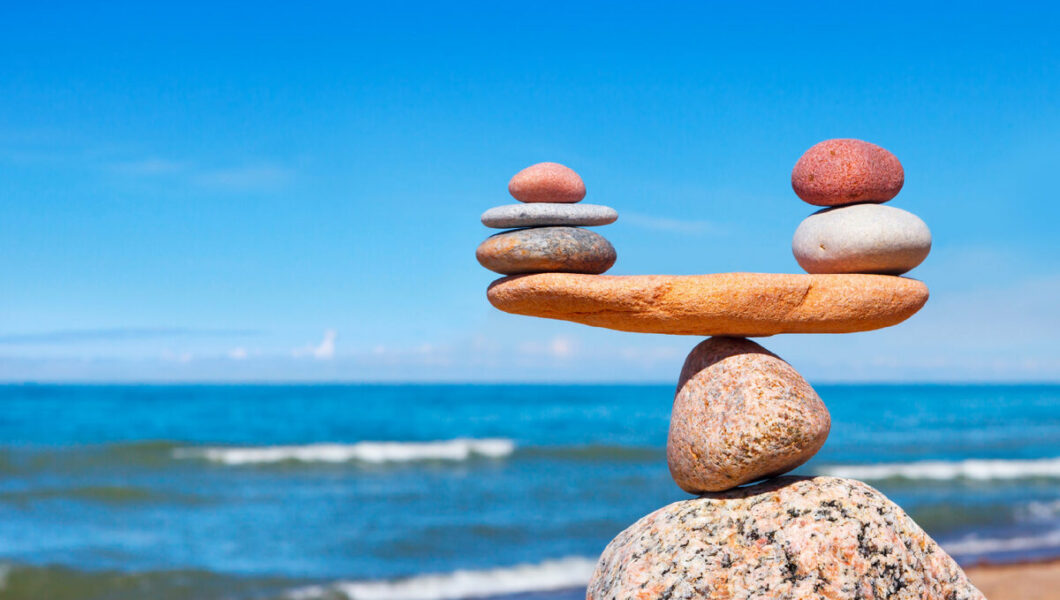When in a peaceful state, it’s important to pay attention to the conditions that bring about that stability, for they are what hold it up. Often, we tend to relax when there’s stability and focus on our desires, which can undermine the privilege of stability. However, this is precisely the time to observe how that stability came to be. Peace or balance is an anomaly in a dynamic environment. In a recent conversation with Oana, we explored this thought and discovered some profound insights about the conditions of stability.
Recently, I experienced redundancy, something I hadn’t faced in a very long time. The last time this happened, I was single and living in my home country. This time, I am married, a father of two young children, and living in a foreign country. The stakes were higher. Suddenly, I felt the absence of my extended family and community. The weight of my responsibilities became apparent, and my vulnerabilities surfaced. I lost my peace.
So, what do you do when you lose your peace? You have to rebuild it. However, peace cannot be built directly; it is a result of a compound solution. One must address the more pressing needs before solving for peace. For example, developed countries often broker peace in war zones and underdeveloped countries because their developed status gives them the privilege of solving for peace.
To solve for peace, you need to understand the conditions for stability and rebuild them. Observing these conditions during peaceful times helps identify where to start. In my situation, Ken Wilber’s quadrants from his integral theory were helpful. They served as a referential compass to locate my place in the circumstances and identify an approach. I tracked my role in relation to the “its” that contributed to my predicament and became aware of my essence.
Our essence is what we bring to each role we adopt, or the “general me” from the Village of the Me’s. This essence, or “character,” is the compounded expression of our biased yearnings and makes up our “personhood.” When Christ started his mission, he offered “personhood” to his followers by communing and participating with them, influencing them with his personhood. He was always engaged in situations, never just propositional. It is in situations that we can escape the traps of facticity and put knowledge into action to unlock insights and wisdom.
However, to achieve this, we must be in “right relation” with the situation, sensitive to both internal and external changes. Traditionally, “senses” referred to the five external senses of the human body. Now, we are starting to recognize other senses that allow us to sense inwardly, like balance and gut feeling. In a stable external environment, we must learn to stabilize our internal environments, hence the rise of introspective practices like meditation.
All knowledge sources offer a truth. However, we need to know what knowledge we need and what we need it for because knowledge is a snapshot of truth. This knowledge requires a situation to unfold and reveal the insights it holds, resonating within a “true way.” This “true resonance” becomes the evidence to trust the knowledge, giving us access to its truth. Without this validation, we get different truths from the knowledge, leading to mistrust. It’s like following a recipe that doesn’t deliver the promised dish.
To rebuild a state of peace, we need to document the ingredients and the recipe during peaceful times to recreate it when lost. This requires awareness and sensitivity to both our external and internal environments, triangulating the moving pieces and the constants. Armed with a good perspectival understanding of these entities, we can re-align them to restore balance, and ultimately, peace.






